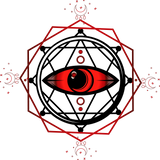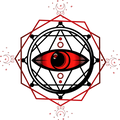
Seven africans power
Regular price $150.00The "Seven African Powers" statues represent a syncretic religious tradition blending African and Catholic influences, commonly found in Afro-Caribbean and Latin American cultures. These statues typically depict seven distinct figures or deities. Here's a brief description of each.
1. Eleggua (also known as Elegua or Legba): Eleggua is the guardian of crossroads and doorways, often depicted as a child or an old man with a cane. He is the messenger between humans and the divine.
2. Ogun: Ogun is the deity of iron, technology, and warfare. He is portrayed as a strong, blacksmith-like figure, wielding a machete or an axe.
3. Yemaya (also spelled Yemaja or Yemoja): Yemaya is the goddess of the sea and motherhood. She is usually depicted as a beautiful woman holding a conch shell or a fish.
4. Chango (also known as Shango or Xango): Chango is the god of thunder, fire, and dance. He is often depicted with a double-headed axe and dressed in red and white.
5. Oshun (also spelled Osun or Oxum): Oshun is the goddess of love, beauty, and fertility. She is represented as a sensuous woman holding a mirror, fan, or peacock feathers.
6. Obatala (also spelled Orishala or Oxalá): Obatala is the father of the Orishas and symbolizes peace, wisdom, and purity. He is often portrayed as an old man in white robes.
7. Oya (also spelled Oiá or Iansa): Oya is the goddess of the wind, change, and transformation. She is depicted with a sword or a lightning bolt and is associated with the color purple.
These seven figures are central to the Afro-Caribbean religion of Santeria and have counterparts in other African diaspora religions like Candomblé and Vodou. Each deity has specific characteristics, attributes, and roles in the spiritual traditions they are a part of.

